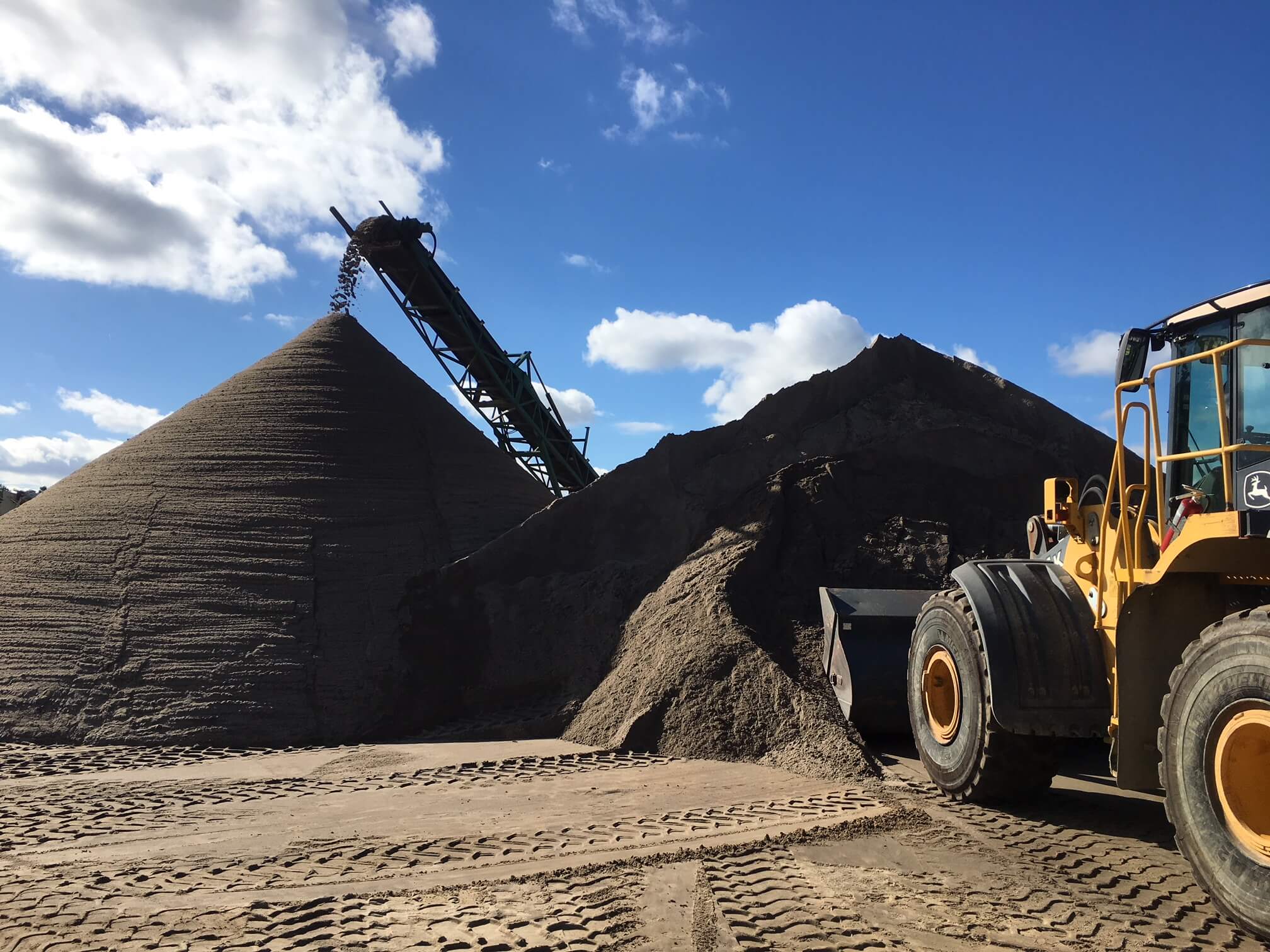Quality Soil
Soil quality has a significant impact on plant growth and development. Soil quality reflects how well a soil performs the functions of maintaining biodiversity and productivity, partitioning water and solute flow, filtering and buffering, nutrient cycling, and providing support for turf grass, gardens, plants and other structures.
Soil quality is commonly assessed based on a particular soil's ability to retain and transfer nutrients and water to the plants. Other factors that determine soil quality include its ability to sustain root systems and healthy bacteria, as well as its response to upkeep or maintenance practices and its ability to resist soil degradation.
Soil quality cannot be measured directly so we evaluate indicators. Indicators are measurable properties of soil or plants that provide clues about how well the soil can function.
Examples of soil quality indicators:
- Soil Organic Matter - Soil fertility, structure, stability, nutrient retention; soil erosion.
- Physical Structure - soil structure, depth of soil, infiltration and bulk density; water holding capacity.
- Chemical Structure - pH, electrical conductivity, available nutrients and potential.
- Biological Structure – microbial biomass, soil respiration.

